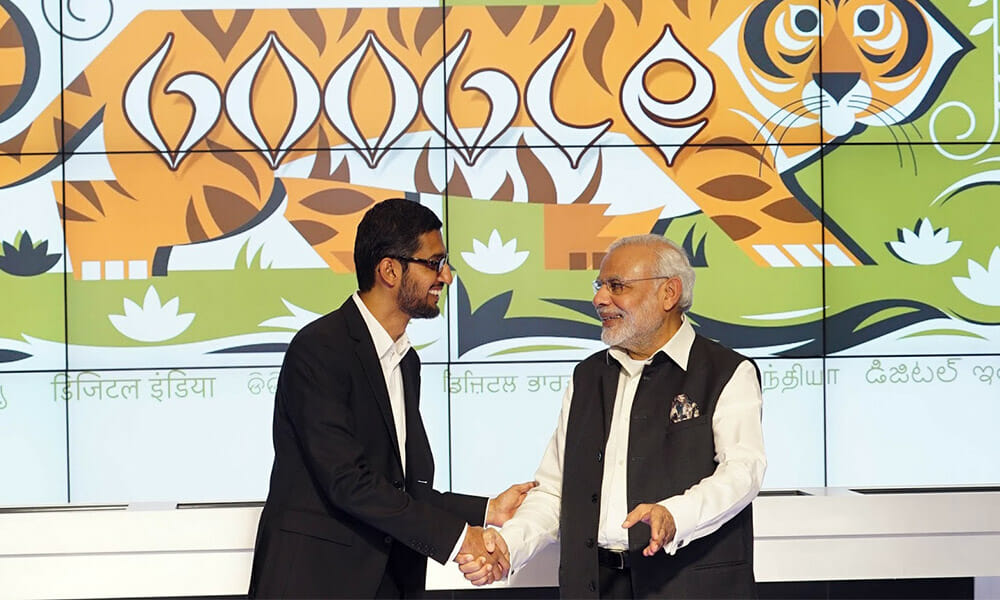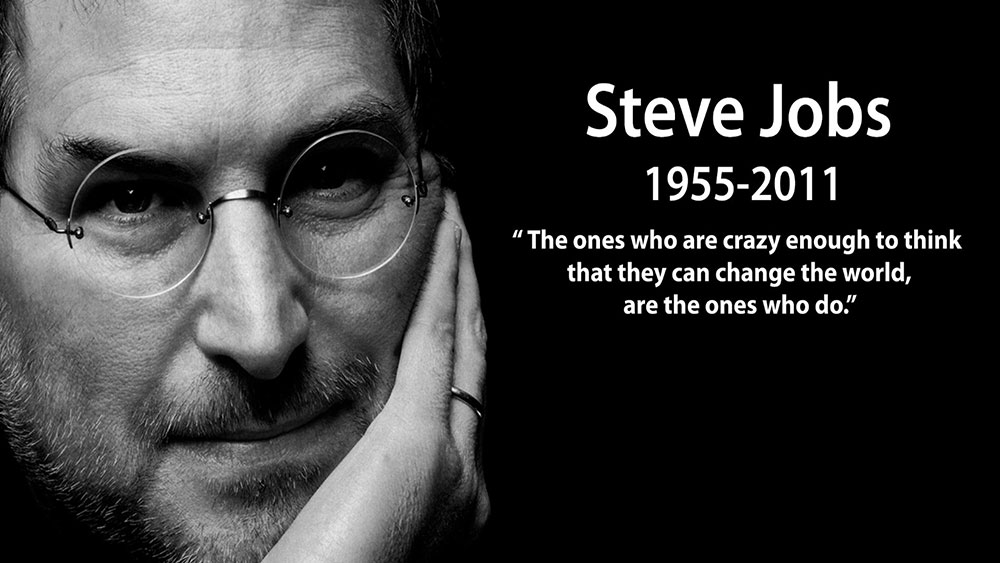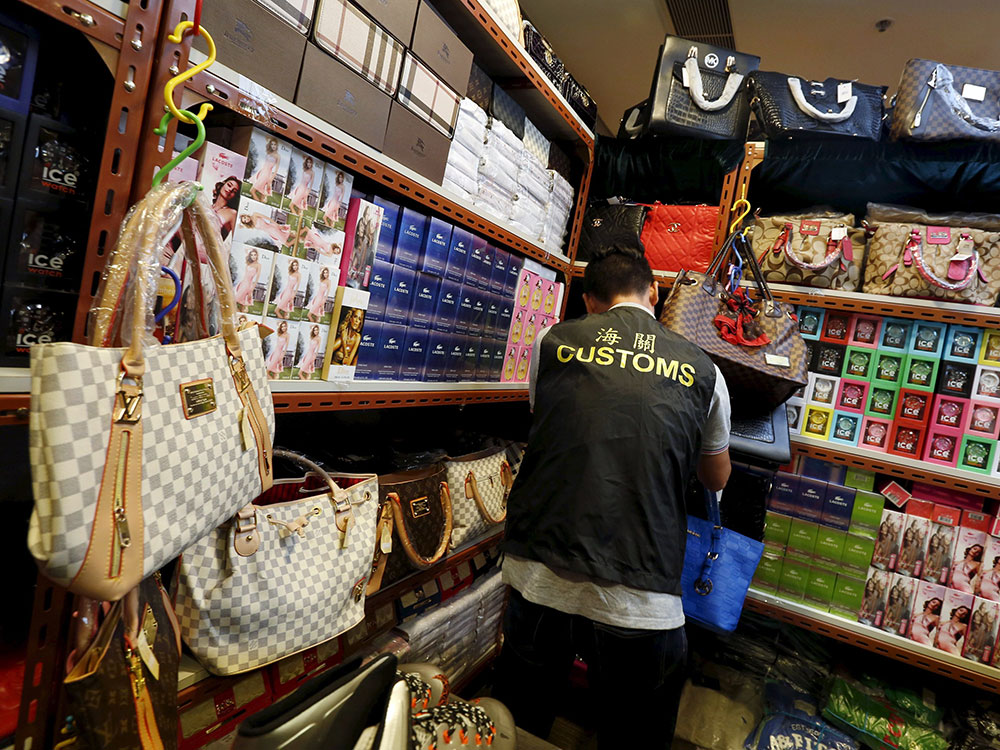How Does a Fashion Designer Use Technology
What are the best examples of using technology in fashion, now in 2021?
Before we start, let's acknowledge that technology changes the world by leaps and bounds.
All industries are impacted by technology, and fashion is no exception to that.
For that, the number of fashion tech startups has been rising fast over the past five years.
A popular project that comes to mind, a bit dated now, is Google's collaboration with denim company, Levi's.

Experts predict that if the "infusion of technology in fashion" continues at this rate, by the end of the next decade all garments are going to be sustainable.
So, how did we get here and what is the role of technology in fashion?
5. Material Innovation

Fashion brands are already seeking new ways to produce sustainable clothing.
Yet, more research and innovation are required to save animals from suffering for the sake of fashion, all over the globe.
Twenty or thirty years from now, we envision a whole new world and society with a new set of values, which will enable us to live in harmony with nature.
The 'eco-friendly' approach should exist in all spheres, and especially in fashion as it is now possible to make fur, leather, or silk without the use of animals.
Stella McCartney has already implemented such innovative ideas and launched vegan leather jackets and vegan handbags.
Adidas too has made a similar contribution towards a more sustainable fashion industry by cooperating with 'Parley for the Oceans' in a limited edition of sneakers made from the plastic collected from the ocean.
Either recycled or from organic matter such as orange peels, mushrooms, and algae, soon the world will be wearing sustainable and earth-friendly couture.
4. 3D Printing in Fashion

The use of 3D printing in fashion has finally reached a point of normalization.
The main value of 3D printing in fashion is its availability and accessibility to the general public, and thus, openness to the mass market.
3D printing enables professionals to transcend any boundaries of design, as it gives them a chance to turn the most improbable projects into reality.
3D printing makes it possible to combine different materials into one piece of cloth, for instance, waterproof textile with a flexible one, and so on.
The choice is unlimited and it depends on the creator's imagination.
Another important trend to pay attention to is the customization of garments.
3D printing allows brands to create apparel depending on people's individual body types, size, height, etc.
3. From CAD to Machine Learning

The advent of Personal Computers allowed modern designers to take creativity of patterns and styles to a next level.
Compared with the use of traditional tools, PCs have brought massive advancements.
The adoption of CAD software alone has allowed designers to draw and imagine new styles.
Then, more recently, additive manufacturing has triggered a revolution in the use of bioengineered materials, such as leather made from microbes.
But, if desktops running CAD software looked innovative compared to the tools we have over the last 50 years, wait to see what's coming.
2. Digital Clothing

Technology, in the shape of digitization, has pushed consumers towards a digital-self.
Towards a social image constructed via daily interactions, exchanges, and media consumption on the internet.
Social media has become a tool for showcasing lifestyles, express fashion tastes, and promote digital selves.
However, the advent of social media, with the aid of Artificial intelligence (AI), has created a field of global data mining pools.
From there, marketers investigate any imaginable subject, on any possible consumer segments.
AI is used by fashion brands to examine consumers' preferences and deliver customized services.
1. AI Fashion Designer

With the help of AI, fashion designers will be able to predict upcoming trends while minimizing their environmental impact.
In fact, AI is already reshaping the industry, as we know it.
However, the biggest hope is that one day we'll see salient AI fashion designers launching out-of-this-world clothes and designs.
Future Tech – We work less time, yet we do more things. We own fewer goods yet we share more. We hate system as yet, we are creating a new sharing economy, maximising availability and usage of temporary spaces for living, working, storage, and parking.
Here is just a personal view of what's coming.
1. The A.I. Revolution

By 2020, the A.I. is self-learning, self-sustainable., ex. Coseer, top 10 major languages, at 99% accuracy. 2025, the A.I. is a part of you, implanted, augmenting your brain.
By 2030, the machine programs its own emotional algorithms. Of , if you like, the sky is the limit as the A.I. can think out of box.
2. New Superpowers

Technology: India, Singapore, South Korea. China to lose 400 million people by 2100, from an estimated peak of 1.4 billion at the end of this decade. Asia, to become the "home" of generation Alpha.
3. The New Consumer

Technology accelerates and changes everything we know and generations Z and Alpha are not the same as X and Y.
This new type of consumer, Z & Alpha is not only tech-savvy but also more complex to deal with. Expect massive cultural differences as Alpha's leading force originates from Asia, where Baby Boomers, X, and Millennials originate mostly from "western culture."
4. Delhi Or New York?

In the future of tech, Delhi is not yet New York. Gasoline remains more valuable than connectivity, however, its value decreases as the urbanisation and the technological advances take over.
5. Need vs Demand

"There is more certainty in reselling the past than inventing the future" is no longer relevant. Your business must put the accent on what the consumer needs rather than the existing demand. Innovation comes first in future tech.
6. Faking The Fakes

If it can be faked, it is going to be faked. China remains the lowest trust consumer society in the world for the next five years. Craftsmanship and heritage are not what it seems.
7. Power Shift

The power of connectivity increases in future tech. Ex: cutting off the Internet would affect Iran's regime ability to control the masses more than it would hinder its opposition.
8. Future Tech – True Industrial Revolution

Cars, buildings, devices, clothes and even human replacement organs are going to be made of graphene. It is the powerhouse of the future tech. With Graphene, everything "tastes" better.
9. The Internet

Shopping, news, job interviews, bills, social media, are already a big part of the internet world. The Internet is no longer just a big part of our daily life, the Internet is our daily life.
10. The Internet o Things

Seeing the tip of the iceberg as we have just scratched the surface, with 99% of the physical world, yet to be connected.
11. Tech In Fashion – Fashiontech

A beautiful paradox: We tend to define tech-infused garments and accessories as FashionTech, thinking that it develops into a new industry running in parallel to fashion. In fact, the more technology the Fashion Industry is going to adopt and use, the more mainstream is going to become.
Fashion always comes first and if your masterpiece is not fashionable it won't sell. The mantra is AUGMENT, not REINVENT.
12. Generation Alpha

Generation Alpha; post-2013-2015, this generation is not going to use technology, but become THE technology.
13. Future Tech – Future Jobs

Although current jobs will be destroyed, better jobs will be created as economies adapt.
14. Time

We have more time at our disposal as we work less, we work smarter, we work "digital."
15. Singularity

Billions of people, units of information, meta-patterns, interconnections. We are our own creation; we have become data.
Conclusion
The use of technology in fashion shapes the way we consume, produce, and even the way we wear clothes.
New innovative ideas are launched every day, by fashion startups from all over the world.
Some technologies, such as 3D printing have lost their novelty nature, by reaching full adoption by designers and consumers alike.
Other innovations, such as the use of AI are yet to mature, with consequences hard to imagine, for the future of fashion.
Now it's your turn…
If you'd have to make a prediction, which technology do you think would have the highest impact and why.
Are there any other great fashion innovations you think I should add to this list?
Can you foresee a connection between AI, AR, and blockchain, in the future of fashion?
What's your take on digital clothes?
You have Successfully Subscribed!
WTVOX – 'Voicing the Future of Fashion'
For similar content delivered weekly to your inbox, subscribe to our newsletter.
For daily updates on how to lead a happier, healthier lifestyle, follow us on social media: Instagram, Youtube, LinkedIn, Facebook, Twitter
Finally, join the Future of Fashion Group to plan for a better, more sustainable fashion industry, with other amazing people, just like you.
How Does a Fashion Designer Use Technology
Source: https://thevou.com/fashion/technology-in-fashion/
0 Response to "How Does a Fashion Designer Use Technology"
Enregistrer un commentaire